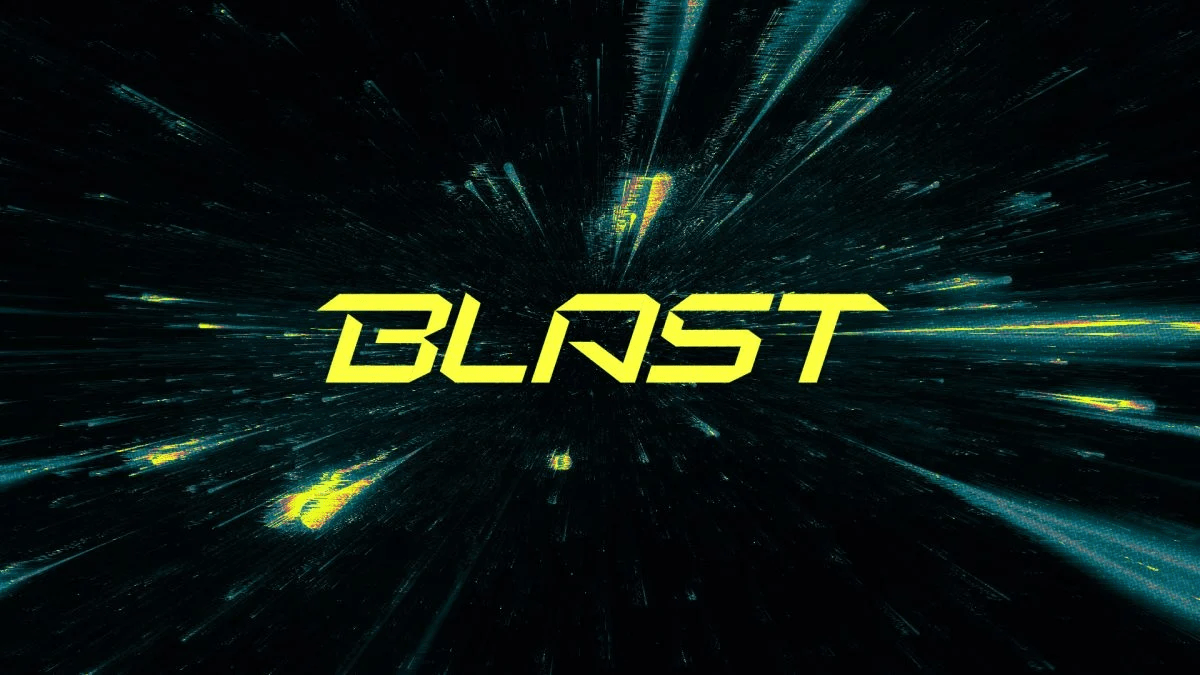Zora transforms social posts into tradable tokens on Base, letting creators earn from trades as Web3 is reshaping content, rewards, and ownership.

Zora Network has evolved from a simple NFT marketplace into a social platform where content creation means minting tokens directly on the blockchain. The model allows creators to earn from their work through a tokenization mechanism that turns posts into tradable ERC-20 assets with built-in liquidity pools.
Key Takeaways
Every post on Zora's social network becomes an ERC-20 token with a supply of 1 billion coins. Creators receive 10 million coins upon posting.
Creators earn a portion of fees from trades made through automatically created Uniswap liquidity pools.
Zora Network operates as a Layer-2 blockchain built on Optimism's stack, significantly reducing gas fees compared to Ethereum mainnet.
The ZORA token is expected to launch in Spring 2025 on the Base network, with planned utilities like purchasing post coins and tipping creators.
Zora reports over 2 million users and over $27.7 million distributed to creators from secondary sales.
How Zora's Content-as-Coins Model Works
Zora's social network redefines content creation using a token-based system. Each piece of content—image, video, or text—automatically mints an ERC-20 token with a fixed supply of 1 billion units. As the original poster, the creator instantly receives 10 million tokens.
Each post becomes its own mini-economy. Rather than depending on likes or algorithms, the value of content is dictated by open-market trading. When others trade your post's coins, you receive a share of the transaction fees via Uniswap liquidity pools.
With a Coins upgrade, these tokens are now instantly tradeable on both the Zora desktop platform and mobile app. Furthermore, when others trade your post's coins, you receive 50% of the trade fee and 50% of the LP fee—providing a direct revenue stream.
From NFT Marketplace to Social Currency
Zora began in 2020 as an Ethereum-based NFT platform offering a permissionless auction house for digital art. A notable early moment was the sale of the original DOGE meme for around $4.8 million.
By 2023, Zora transitioned into a more interactive social experience—blending a TikTok-style feed with NFT minting capabilities, enabling users to mint and collect directly from a social timeline.
In 2024, Zora expanded its footprint by acquiring Mint Fun, a platform that supported millions of monthly mints. This move bolstered Zora's presence as a creator-first platform.
The release of Zora's mobile app streamlined onchain minting for users with limited technical knowledge, aiding widespread adoption. The platform now hosts millions of creators and collectors.
New Zora posts are now minted as coins on the Base network, offering access to more users and better liquidity. While legacy 1155 posts on other networks remain collectable, those priced in non-ETH tokens are no longer supported. Users can still pay with any supported network for trading or collecting.

Source Zora
Revolutionizing Creator Economics
Traditional platforms like YouTube and Spotify often retain a large portion of ad revenue. Zora offers a different approach: creators earn directly from trading activity on their posts.
To date, Zora has distributed over $27.7 million in earnings from secondary sales. Since mid-2023, creators have earned thousands of ETH in fees, highlighting the potential of Zora's passive-income model. As long as content is traded, creators can continue to earn.
Technical Infrastructure of Zora Web3
Zora runs on the Zora Network, a Layer-2 blockchain using the Optimism tech stack and secured by Ethereum. This design allows for drastically lower transaction costs compared to Ethereum's mainnet.
Zora V3 supports permissionless upgrades and modularity, allowing developers to build new apps and experiences on the platform. The network also supports interoperability across Ethereum, Base, and its native L2.
Lower fees make micro-transactions feasible, enabling new monetization strategies for creators and users alike—especially valuable in a socially driven environment with frequent interactions.
The ZORA Token and Future Roadmap
Zora plans to launch its native ZORA token in Spring 2025 on Base. The token will have a total supply of 10 billion, with 20% reserved for community incentives and 10% allocated for retroactive airdrops.
The token's utility is expected to include tipping, buying post coins, and unlocking premium platform features. Governance is not expected to be a primary function.
To expand globally, Zora aims to reach non-English markets, leveraging Base's integration with Coinbase's large user base.
The roadmap prioritizes a sustainable, circular economy that rewards participation and contribution rather than short-term speculation.
Challenges and Controversies
Zora's post-as-token model has drawn criticism for possibly encouraging speculation. Some incidents—like the rapid rise of certain memecoins based on content posts—highlight concerns about financialization overtaking creativity.
While minting costs are low (around $0.10), new users can face technical barriers such as wallet setup and liquidity pool management, which may hinder adoption.
Questions also exist about decentralization. Although Zora promotes community control, backers like Paradigm and Coinbase Ventures have significant influence, raising concerns over the balance between decentralization and investor control.
Finding a sustainable middle ground between financial reward and artistic value remains a key challenge for Zora.
Community Governance and Future Outlook
Community governance is supported through Zora Fee Switch NFTs (ZORFs), which manage aspects of treasury spending. In August 2024 alone, Zora distributed 350 ETH (~$830,000) to creators via this mechanism.
The DAO structure allows the community to have input in the platform's development, staying in line with Web3 values of distributed ownership and participation.
Zora's focus on reinvesting in its creative ecosystem rather than extracting value is central to its mission. As on-chain social platforms grow, Zora stands out for combining monetisation, community governance, and creator tools in one environment.







